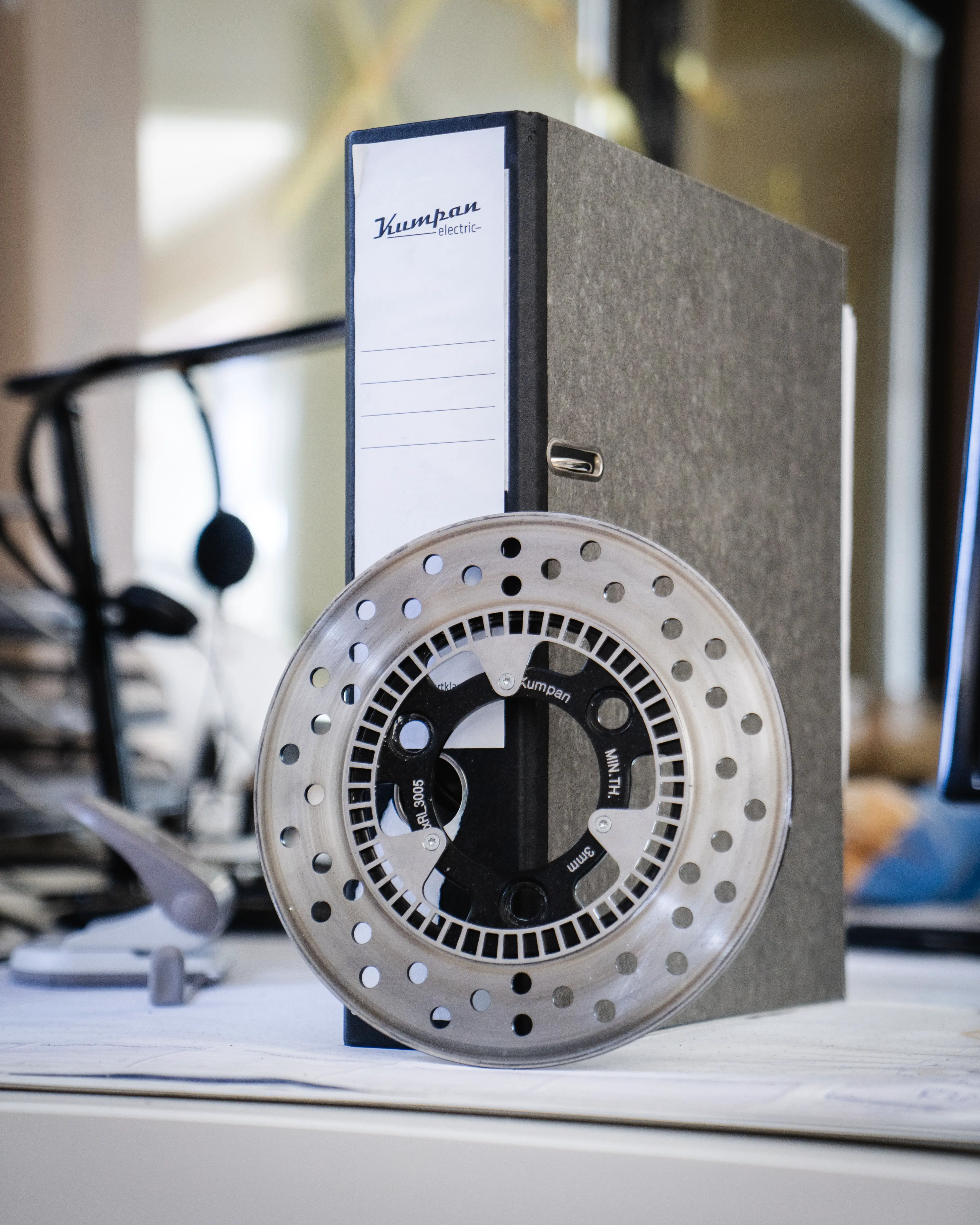Choosing brake pads and rotors is a serious business considering how important these components are to the safety of your car. Replacing brakes and rotors will also run you between $250-$500 per axle on average. If you’re going to spend that much on car maintenance, you should know what you’re paying for.
Below you’ll find a guide on what types of brake pads and rotors are available and how to choose between them. You’ll also learn when to replace your brakes and what to look for in a replacement part. Read on to learn more about replacing your brake pads and rotors and how to choose new ones.
Choose the Types of Brake Pad That Fits Your Needs
There are many kinds of brake pads available on the market, so it can be a little intimidating to choose new ones when it’s time to get a brake job on your car. Here are the main categories of brake pads available for your car.
Semi-Metallic vs. Ceramic Brake Pads
Two major types of brake pads available are ceramic brake pads and semi-metallic brake pads. Ceramic brake pads are generally considered superior to semi-metallic brake pads since they’re quieter, but semi-metallic brake pads are usually less expensive.
The main advantage of ceramic brake pads is that they cool down quickly after use, causing less wear and tear to the brake rotors.
If you’re looking for performance in your brake pads, semi-metallic brake pads are recommended for vehicles that are driven under load. Semi-metallic brake pads can be louder than ceramic brake pads, but they’re more useful over a wider range of driving conditions.
Organic Brake Pads
Another option for brake pads is organic brake pads. These brake pads are made out of organic non-asbestos materials such as glass, fiberglass, carbon, and rubber bound with resin. Organic brake pads are among the cheapest ones on the market, but will wear out quickly. These brake pads are generally recommended for cars that don’t see a lot of use.
When Should Brake Pads Be Replaced?
Now that you know the different types of brake pads, you may be wondering when you should get your brake pads replaced.
Brake pads should be replaced as soon as you begin to hear a squealing noise when you hit the brakes. This squealing noise is designed as part of the brake pad and lets you know you have roughly a thousand miles left before the brake pad begins to fail completely.
In other words, this is your warning to get your car to an auto shop and have the pads replaced. You might be tempted to put off a brake pad repair when you hear squealing in your brakes or notice that they don’t have as much stopping power as they used to, but this is a bad idea.
Bad brakes are a dangerous liability on the road, and leaving bad brake pads on your car can do irreparable damage to your brake rotors. Considering rotors are far more expensive than pads, you should do your best to protect them as much as you can.
Choose Rotors Based On Your Driving Habits
Once you’ve chosen the brake pads you want to use, it’s time to take a look at the rotors.
The rotors don’t have to be replaced every time you replace the brake pads, but you should definitely get a mechanic to inspect the brake rotors when the brake pads are inspected. If the brake rotors fail, they can cause damage to the brake system or even lock up and cause the brakes to fail. This is why it’s useful to have them inspected before they begin to break down.
Smooth
Smooth rotors are the most common type available and are considered standard for most sedans and personal vehicles. If you’re looking for an affordable rotor, smooth rotors are on the lower end of the price range.
Drilled
Drilled rotors are designed with a series of spiraled holes drilled into the part’s surface. These holes help the heat generated by the brake system to dissipate more quickly and also help keep the rotor system from getting clogged with debris. Drilled rotors are recommended for drivers in wet climates, but are not recommended for racing.
Slotted
Slotted rotors are designed with a series of slots ground into the surface of the rotor rather than holes. These slots provide a higher level of stopping power, making these rotors a good choice for those with large trucks, SUVs, or other load-bearing vehicles.
Drilled and Slotted
Drilled and slotted rotors combine the rotor designs of drilled and slotted rotors. These rotors are more expensive than standard rotors and tend to be reserved for high-performance vehicles like racing cars.
If you’re looking for a brake rotor replacement for your daily driver, consider what type of vehicle you drive and how much stopping power you’re going to need on a regular basis.
Consider Performance When Choosing Brake Parts
When choosing your brake pads and rotors, the biggest consideration you have to think about other than the type of vehicle you drive is your performance conditions.
Do you live in a climate with lots of rain and snow? A drilled rotor with semi-metallic brake pads is your best bet. You also have to consider terrain. Cars that are driven in mountainous terrain may require pads and rotors with more stopping power than those driven in flat areas.
Conclusion
While you might be considering performance or affordability more than any other quality when you’re choosing brake pads and rotors, you should also consider safety. Whichever pads and rotors you choose, be sure to replace them as needed. Keeping your brakes properly maintained could save you from a fender bender, and potentially could even save your life.

